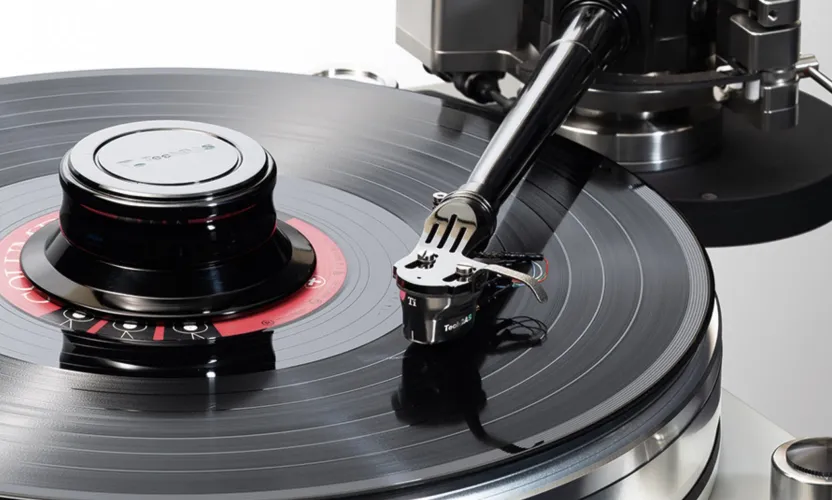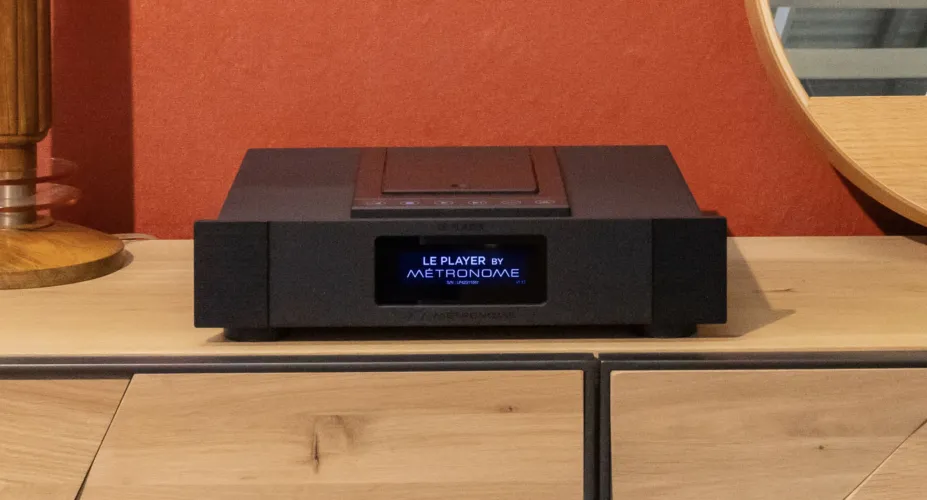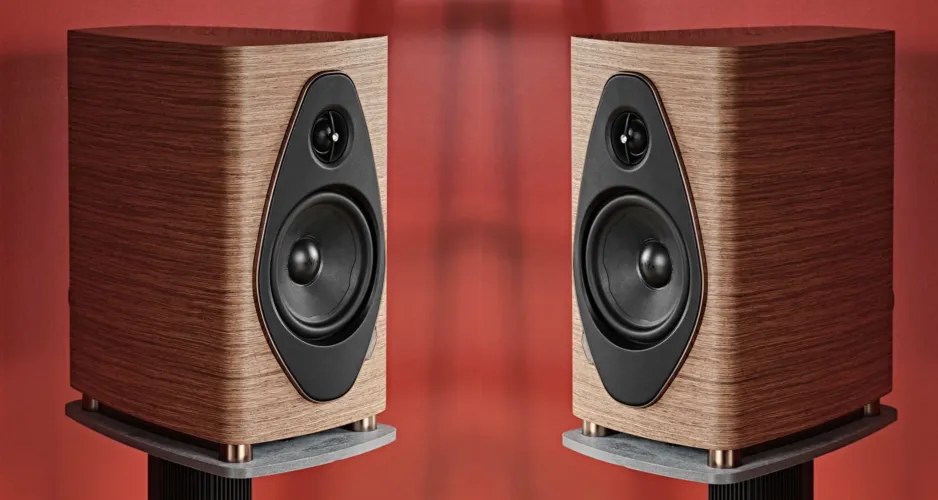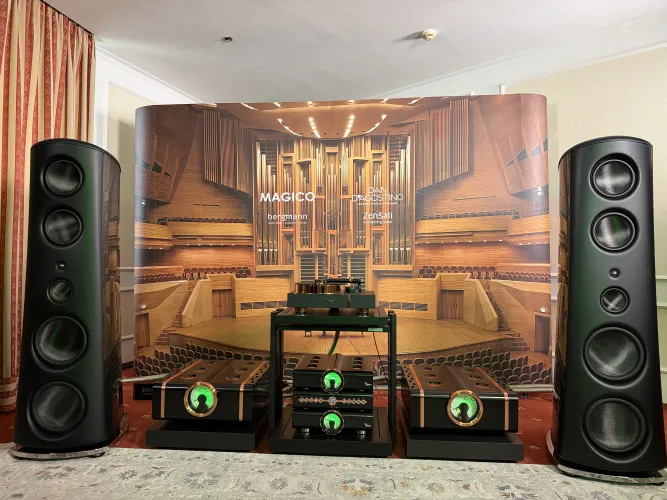
How to match a preamplifier with a power amplifier?
A memo for audiophiles on choosing the right partners in amplification
16.12.2024 12:30 | ~3 minutes read
Dividing amplification circuits into a preamplifier and a power amplifier is one of the main cornerstones of High End audio. Such installations offer the highest possible quality due to the isolation of critical signal transmission circuits and the use of independent power supplies - but they also conceal a lot of pitfalls and possible errors in the pairing of components. In this article, we will try to highlight the main critical points of such a selection of equipment and highlight the most important specifications of amplification equipment that you should pay attention to when choosing.

Gain is the most important characteristic of a preamplifier
As the name suggests, a preamplifier is a device that matches and amplifies the signal from the source to the power amplifier. The most common installation error is the introduction of a preamplifier into the system that is not able to "drive" the power amplifier, or overloads it with an increased signal level. So, you need to start by matching the parameters of the gain factor guaranteed by the preamplifier and the sensitivity of the power amplifier input.
The input and output voltage are two parameters that the preamplifier and power amplifier must "satisfy"
If the input voltage of the power amplifier exceeds the output voltage of the preamplifier, then no high-quality interaction between the components will work (the output voltage is the maximum that the preamplifier can provide, the input voltage is the value with which the power amplifier can guarantee its parameters). This also works in the opposite direction - if the output voltage of the preamplifier exceeds the specifications of the power amplifier, sound distortion cannot be avoided.

The input and output resistance must also be matched
You can count on good sound if the resistance of the path to the flow of electric current is arranged as a "ladder", in which the input resistance of the power amplifier exceeds the output resistance of the preamplifier. Otherwise, we will get an increased load on the preamplifier - and, as a consequence, a deterioration in the quality of reproduction.
Bandwidth of amplifiers is the primary criterion for evaluating devices
When evaluating the performance characteristics of amplifiers, we often focus on such parameters as THD, signal-to-noise ratio, dynamic range – but, in fact, at the current level of technology development, even Hi-Fi equipment already has good characteristics. Bandwidth or frequency response is noticeably more important – that is why High End equipment achieves a stunning frequency response of up to 1 MHz, such a bandwidth guarantees exceptional sound quality (despite the fact that the human ear cannot hear these frequencies, devices with a wider frequency response always show themselves in the path as giving more air and better stage).

The weight of devices in many cases helps to evaluate the capabilities of their power supplies
Sometimes the mass of the device is gained by a cast-iron plate welded to the lower surface of the case – but such an anti-vibration approach is rather rare. In most components, power transformers are responsible for the mass of the device (both the power amplifier and the preamplifier). And the rule here is simple - the more each component weighs, the better, since the greater the power reserve of the power supply, the more stable the sound.
A tube preamplifier can really "ennoble" the sound
Do you dream of a velvety "analog" sound? Think about introducing a tube preamplifier into the system - a tube stage, if implemented correctly, provides an increase in both openness and naturalness of the sound picture.

Balanced connection is almost always a blessing
In the vast majority of cases, if the devices are built using balanced circuits, you need to use XLR connectors and XLR connectors to connect them. A higher level of the transmitted signal guarantees the best resistance of the circuit to interference.







